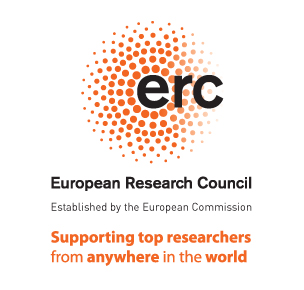Over the past two decades, the Roma issue has become one of the most frequently discussed topics in Europe, both publicly and in academia. Despite this, there are still areas which have not been researched, such as the history of Roma between World War I and World War II, and the development of social and political projects proposed by Roma themselves during that period.
This project aims to fill those gaps. It takes as its starting point the understanding that Roma are not a hermetically isolated social and cultural system. They exist in two dimensions, both as separate ethnic communities and as part of the macro-society of their respective nation states. Together with members of their macro-societies, Roma experienced the breakdown of old Empires and the establishment of nation states. They were involved in the building of a new political system in the vast spread of territories that would become the Soviet Union. At the same time, they began to be politically institutionalized and subjected to a variety of controversial policy practices.
This project looks at Roma not only as passive recipients of policy measures, but also as active architects of their own lives. It aims to study the evidence of state policies relating to Roma, and to collect the written heritage of Roma visionaries whose published and unpublished texts reflect the aspirations and main developmental stages of the Roma movement.
Roma history will be considered as an inseparable strand of mainstream history, and Roma socio-political visions will be seen as integral to the history of modern European political thought.
Importantly, the project will deliver a publicly accessible database of manuscripts and images relating to the social and political endeavours of the Roma between the two world wars. This will be a major contribution to the study of Roma history and of state measures adopted towards them in the Interwar period.












